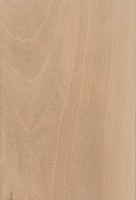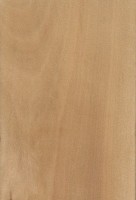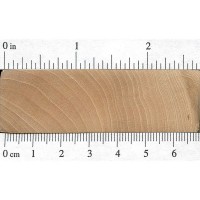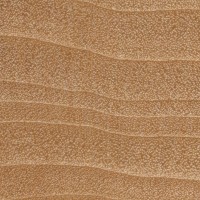 |
Common Name(s): Sourwood Scientific Name: Oxydendrum arboreum Distribution: Southeastern United States Tree Size: 30-65 ft (10-20 m) tall, 1-2 ft (.3-.6 m) trunk diameter Average Dried Weight: 38 lbs/ft3 (610 kg/m3) Specific Gravity (Basic, 12% MC): .50, .61 Janka Hardness: 940 lbf (4,180 N) Modulus of Rupture: 11,600 lbf/in2 (80.0 MPa) Elastic Modulus: 1,540,000 lbf/in2 (10.62 GPa) Crushing Strength: 6,190 lbf/in2 (42.7 MPa) Shrinkage:Radial: 6.3%, Tangential: 8.9%, Volumetric: 15.2%, T/R Ratio: 1.4 |
Color/Appearance: No data available.
Grain/Texture: No data available.
Endgrain: No data available.
Rot Resistance: No data available.
Workability: No data available.
Odor: Sourwood has a faint scent while being worked that is vaguely reminiscent of potatoes.
Allergies/Toxicity: Besides the standard health risks associated with any type of wood dust, no further health reactions have been associated with Sourwood. See the articles Wood Allergies and Toxicity and Wood Dust Safety for more information.
Pricing/Availability: No data available.
Sustainability: This wood species is not listed in the CITES Appendices or on the IUCN Red List of Threatened Species.
Common Uses: No data available.
Comments: No data available.
None available.
Scans/Pictures: A special thanks to Mike Leigher for providing the wood sample of this wood species.
 |
 |
 |
 |





Been using sourwood from a tree that had to be taken down due to lower trunk decay. Very old tree, larger than the average specs. Carves extremely well.
In my SE region sourwood is in abundance. It regarded as one of the best woods for burning after black locust.
This wood has a spiral grain along the vertical length of medium to large trunks.
New sprouts and small to medium trunks are very straight and with an even diameter (almost no taper), they are/were commonly used for arrows, handles, and spokes.